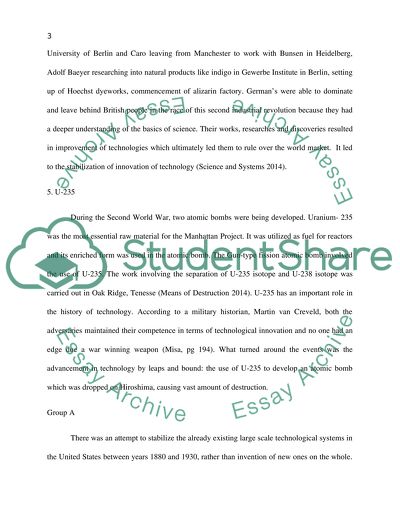Cite this document
(“Reading responds Article Example | Topics and Well Written Essays - 1500 words”, n.d.)
Reading responds Article Example | Topics and Well Written Essays - 1500 words. Retrieved from https://studentshare.org/history/1670723-reading-responds
Reading responds Article Example | Topics and Well Written Essays - 1500 words. Retrieved from https://studentshare.org/history/1670723-reading-responds
(Reading Responds Article Example | Topics and Well Written Essays - 1500 Words)
Reading Responds Article Example | Topics and Well Written Essays - 1500 Words. https://studentshare.org/history/1670723-reading-responds.
Reading Responds Article Example | Topics and Well Written Essays - 1500 Words. https://studentshare.org/history/1670723-reading-responds.
“Reading Responds Article Example | Topics and Well Written Essays - 1500 Words”, n.d. https://studentshare.org/history/1670723-reading-responds.


